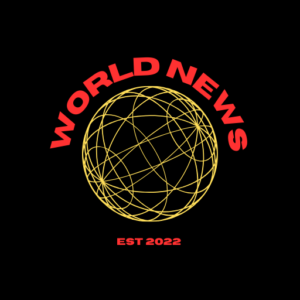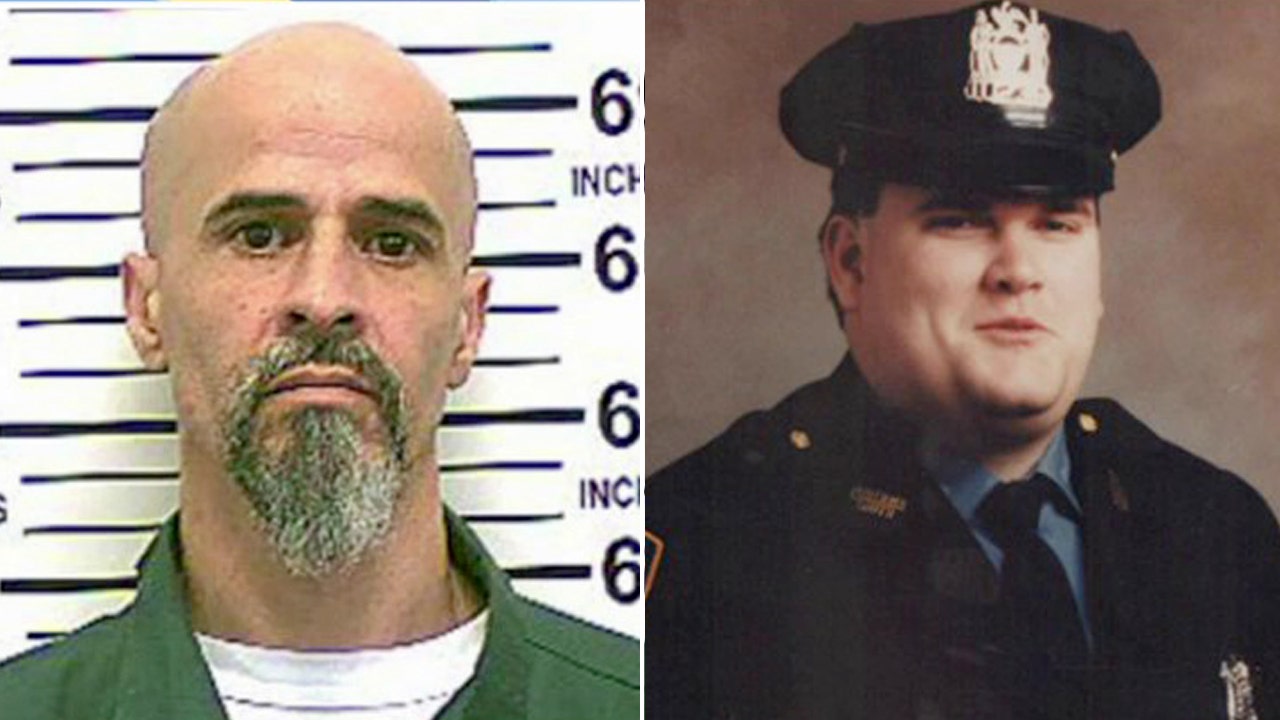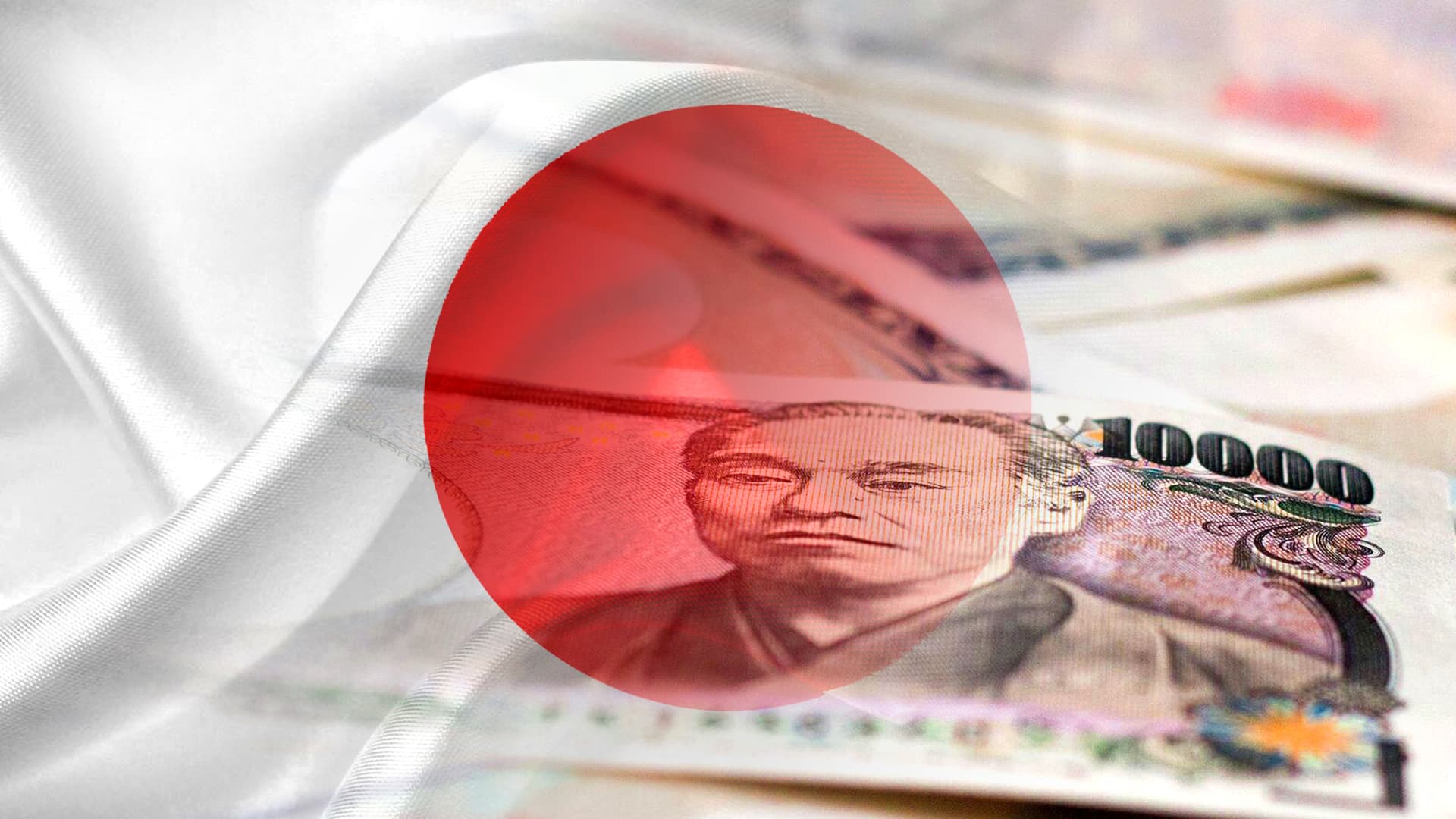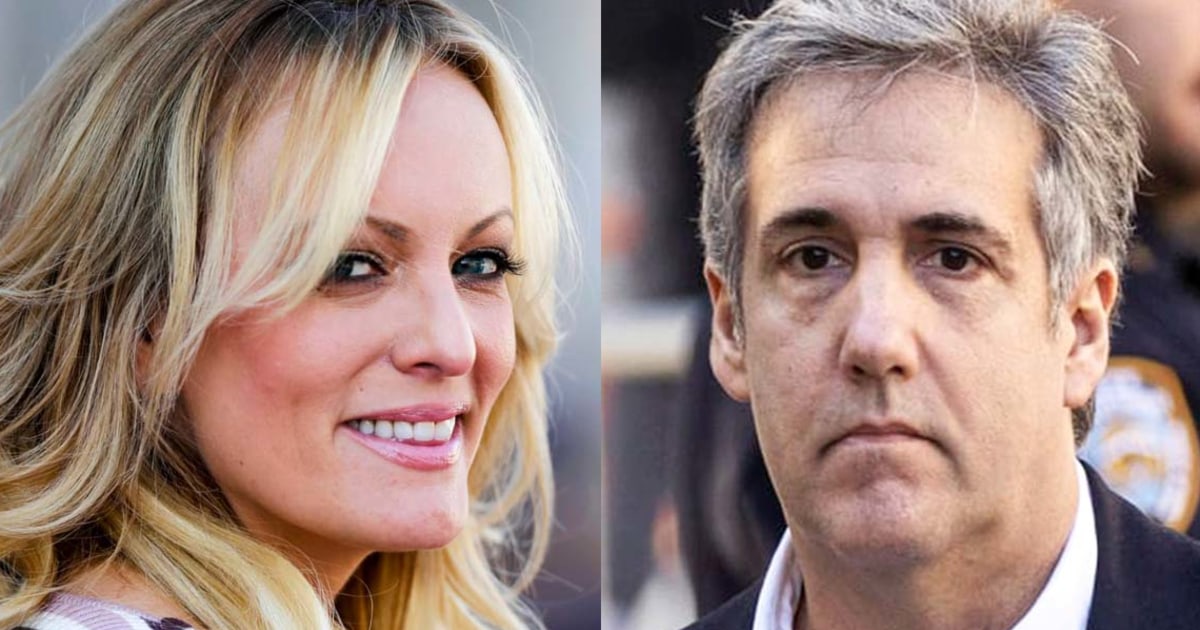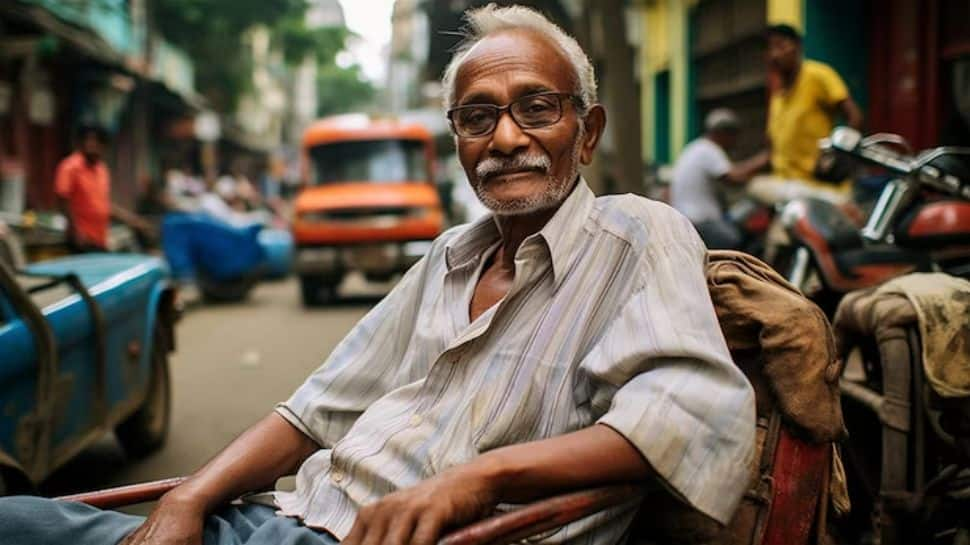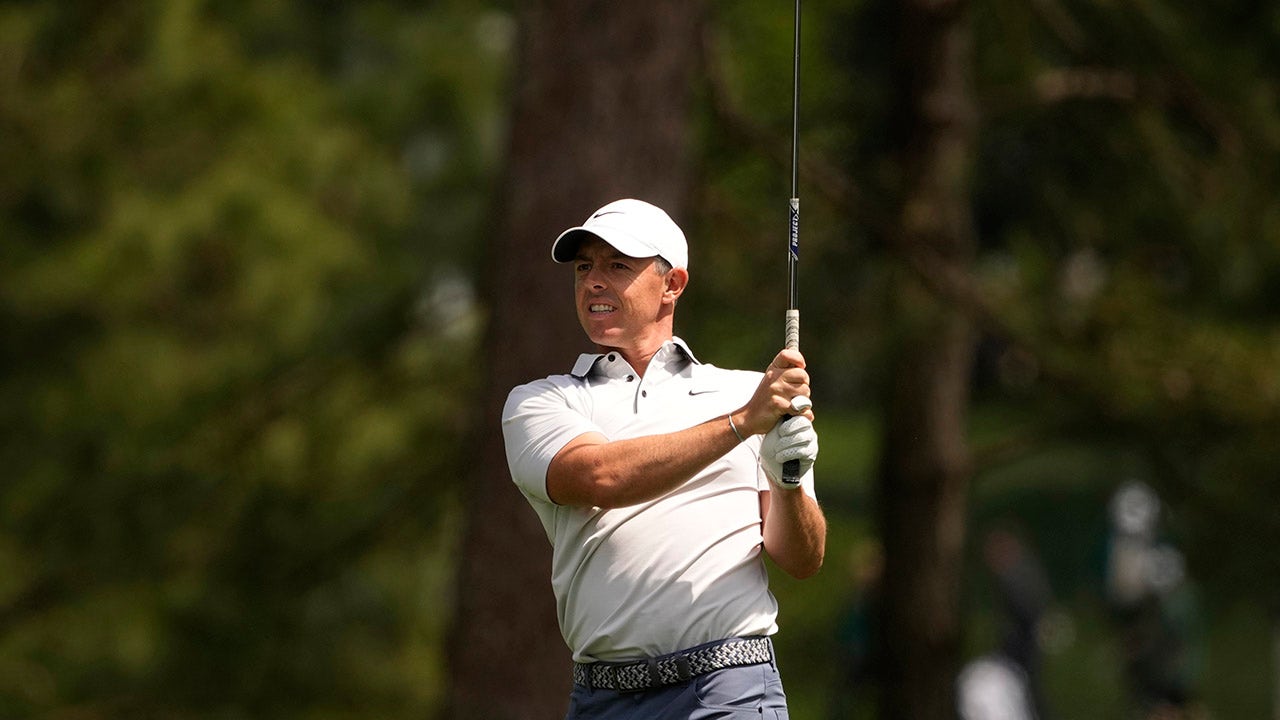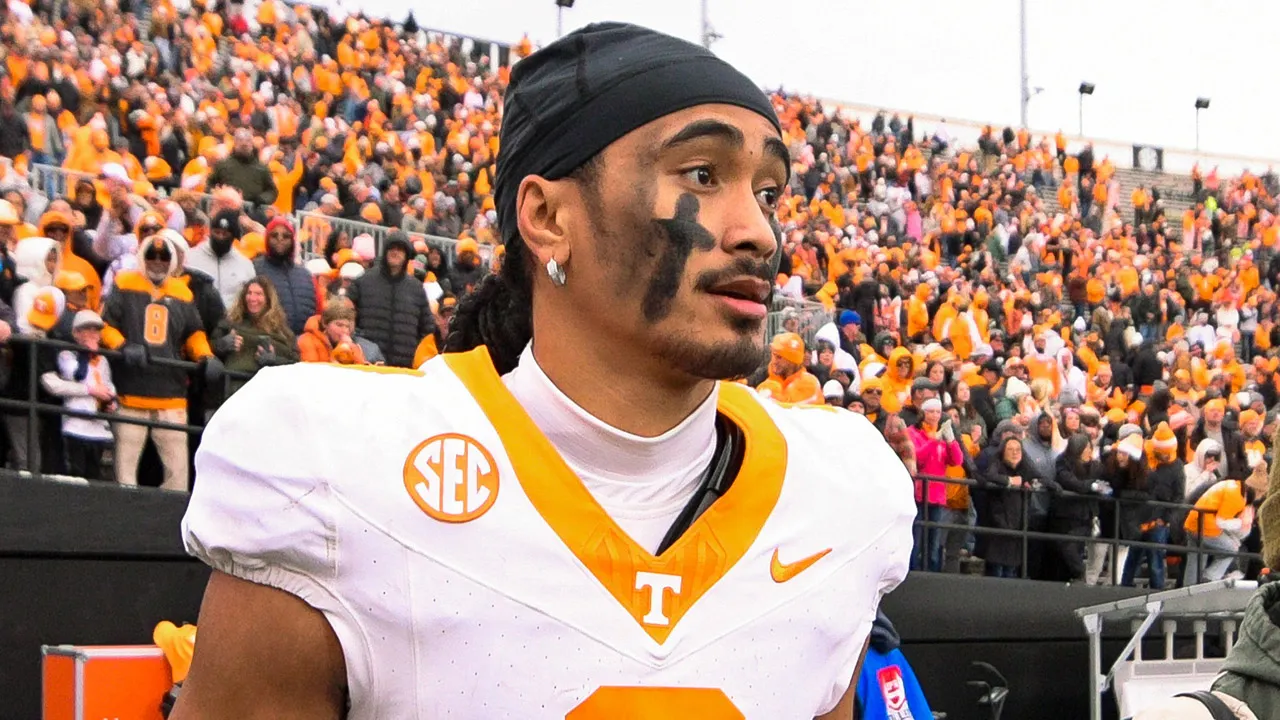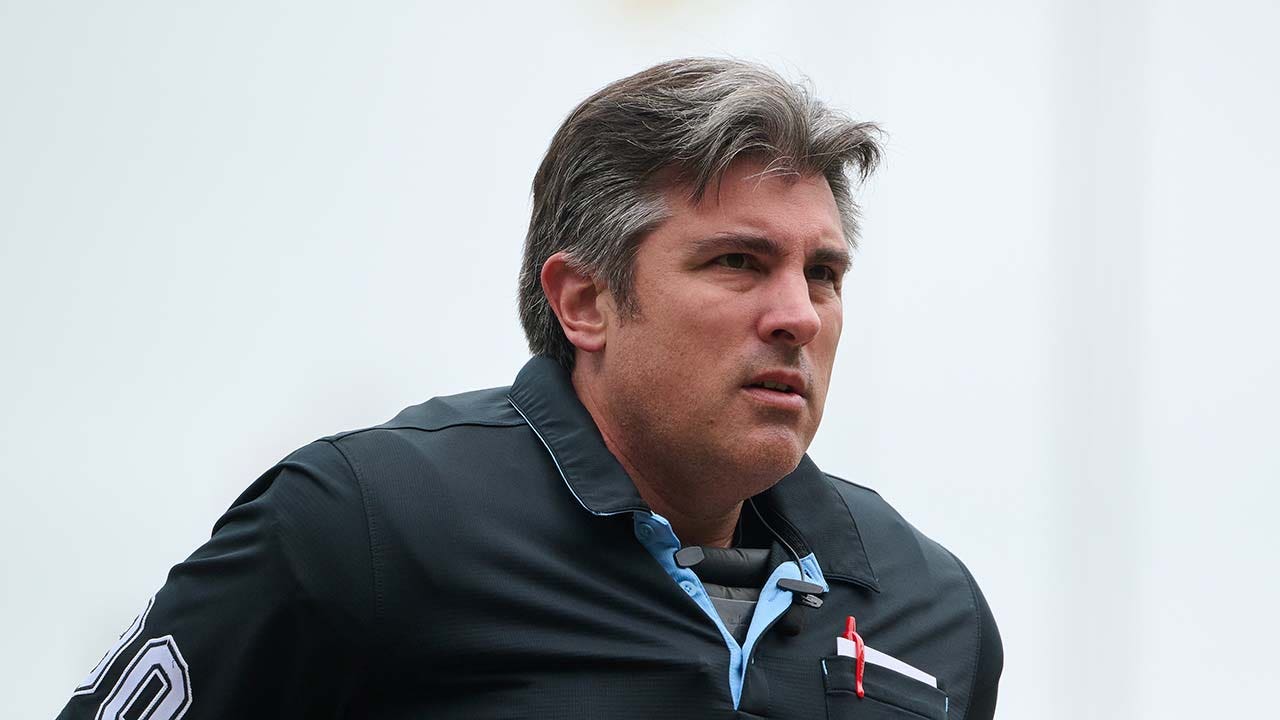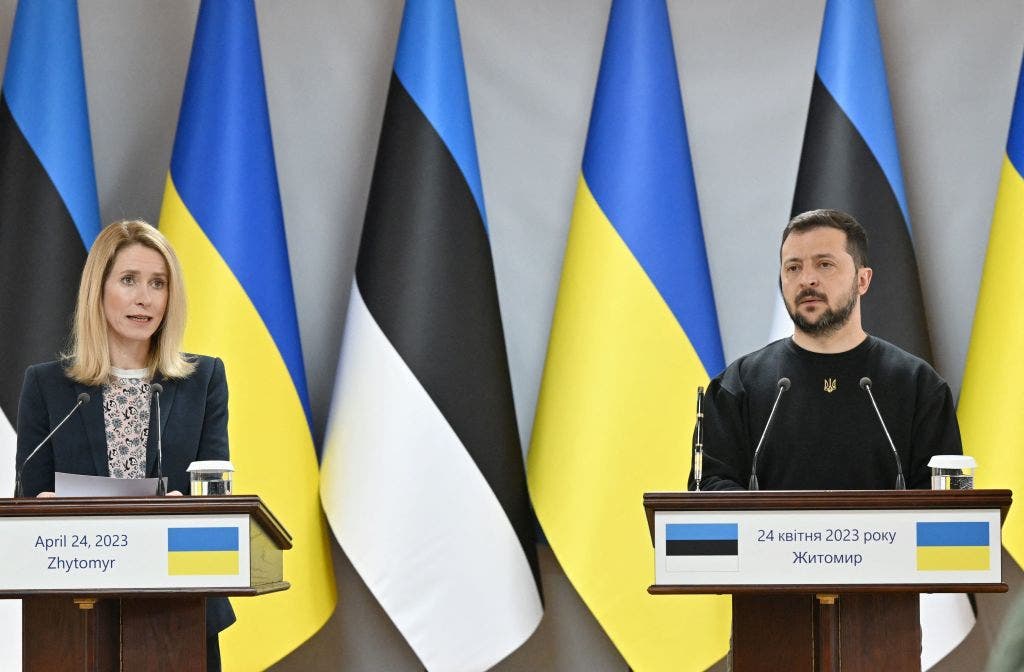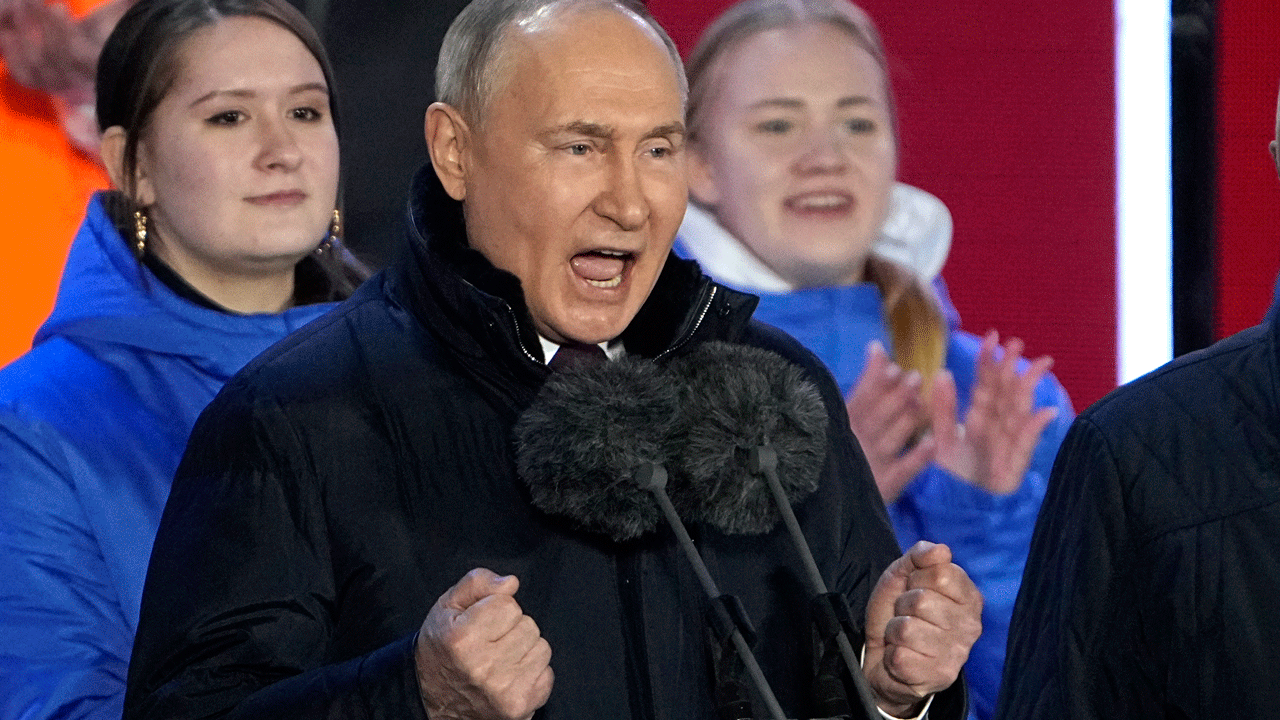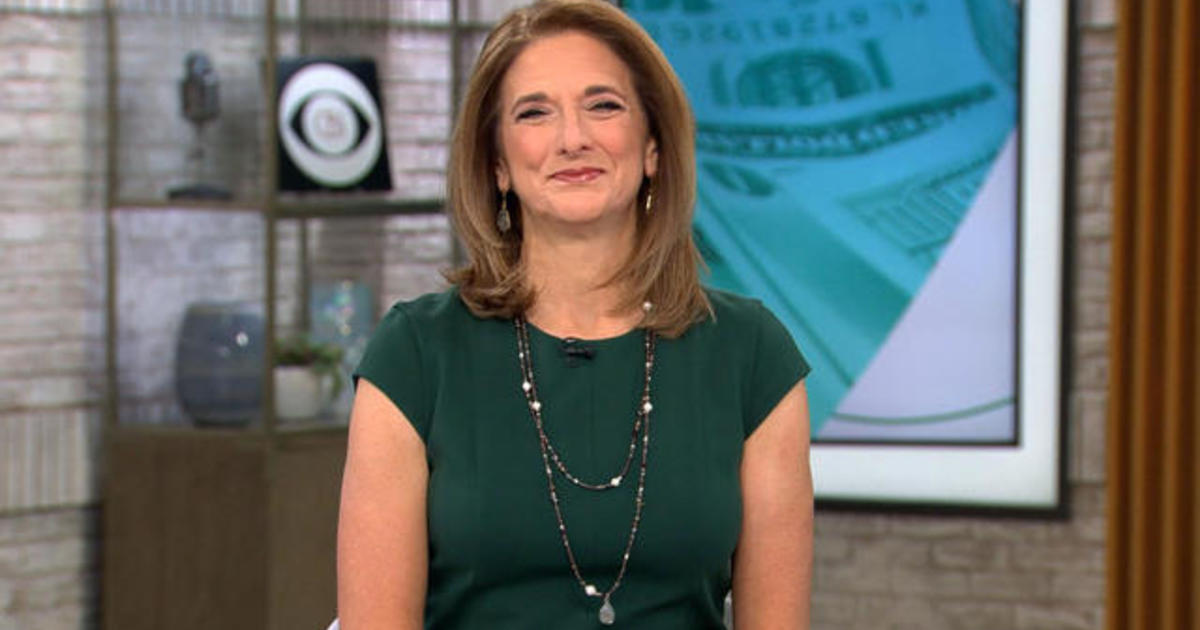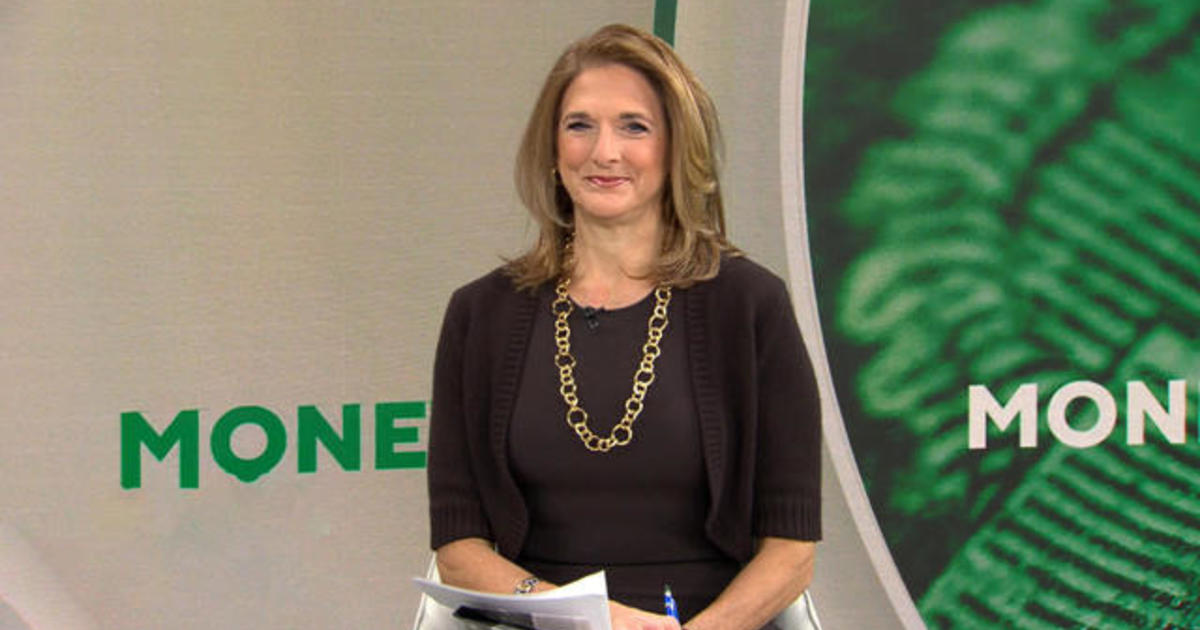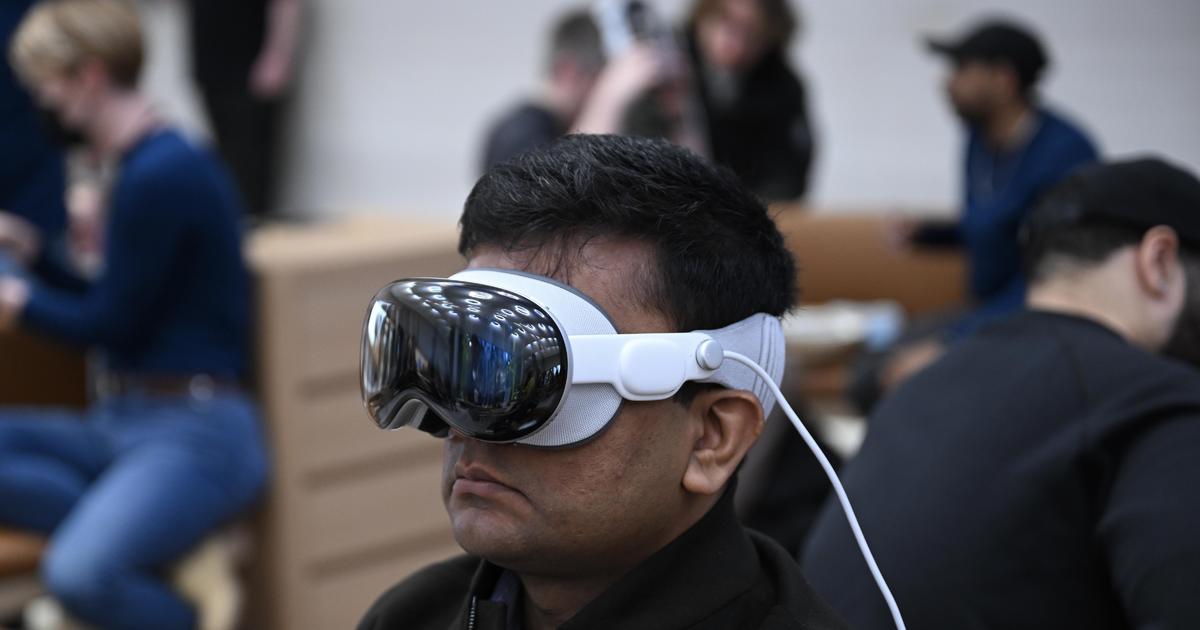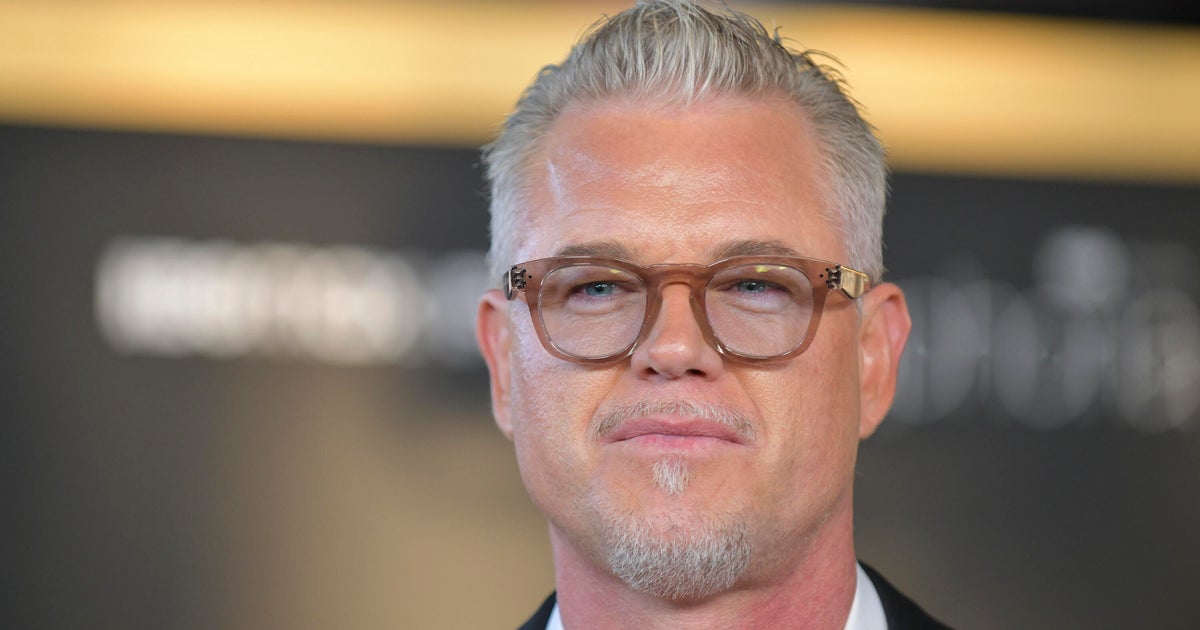Max Kozloff, a leading art critic who helped readers of The Nation and Artforum navigate the array of movements that followed Abstract Expressionism in the 1960s and ’70s, and who later became a well-regarded photographer in his own right, died on April 6 at his home in Manhattan. He was 91.
His wife, Joyce Kozloff, said the cause was Parkinson’s disease.
As a writer, Mr. Kozloff established himself early on. He became the art critic for The Nation in 1961, when he was a 28-year-old doctoral student at New York University’s Institute of Fine Arts. He became an associate editor at Artforum three years later and eventually became the editor.
He wrote extensively about painting, especially those New York artists who were pushing beyond the waning dominance of Abstract Expressionism, like Jasper Johns and Robert Rauschenberg. And he tussled with older critics, especially Clement Greenberg, whose ideas he found too doctrinaire to be useful in a time of proliferating artistic movements.
Though Mr. Kozloff was far from ideological, he was interested in the ways ideology and political context shaped artistic production.
In perhaps his most famous essay, “American Painting During the Cold War,” published in Artforum in 1973, he argued that Abstract Expressionism, precisely because it claimed to exist outside of politics, served as a handmaiden of postwar American dominance, showing the world that a techno-liberal powerhouse could foster great art.
“Never for one moment did American art become a conscious mouthpiece for any agency as was, say, the Voice of America,” he wrote. “But it did lend itself to be treated as a form of benevolent propaganda for foreign intelligentsia.”
By the early 1970s, Mr. Kozloff had begun to shift his focus to photography, a still-emerging field for critical assessment. He was especially interested in what he considered street photography — seemingly random, spontaneous images of anonymous people engaged in mundane activities — and he also created a large body of portraits.
He valorized photographers of everyday life in early-20th-century Europe like Eugène Atget, and he highlighted postwar American artists like Diane Arbus, Lee Friedlander and Garry Winogrand. He particularly championed those who ventured into color photography — to him, a great frontier of contemporary art.
“Photography offered me the chance to be subversive once again because of the lack of color in photographic practice at that time,” he said in a 2023 interview for Artforum. “My favorite photographers were those with a greater palette, ones who excited me pictorially.”
Mr. Kozloff had studied art as well as art history at the University of Chicago, and while he started his career as a writer, the creative urge never left him. He began taking photographs himself in the mid-1970s, and after stepping down as editor at Artforum in 1977, he spent most of his time behind the camera.
Like the photographs he wrote about, his work was defined by a wandering eye of sorts, searching streets and crowds for an indelible moment. He also created a large body of portraits.
Maxwell Kozloff was born on June 21, 1933, in Chicago. His father, Joseph, was a Jewish immigrant from Ukraine who owned a leather goods factory. His mother, Rose (Hollobow) Kozloff, managed the home.
His father often took him to the Art Institute of Chicago, and as a young teenager he devoured books of art history. He graduated from the University of Chicago in 1953 with a degree in art history; then, after a stint in the Army, he returned to the university to get a master’s degree in the same subject.
He graduated in 1959. Like many artistic people at the time, Mr. Kozloff felt the gravitational pull of Manhattan, and moved there to start his doctoral studies at New York University.
He left the program in 1964 without finishing his dissertation, having found a steady and rewarding career as a writer — not only for The Nation and Artforum, but also for Art International and other magazines.
He married Joyce Blumberg, an artist, in 1967. Along with her, he is survived by their son, Nikolas.
Mr. Kozloff wrote nine books, including slim monographs on Johannes Vermeer and Mr. Johns and sweeping histories of Cubism and modern photography.
In 2002 he organized an exhibition at the Jewish Museum in Manhattan, “New York: Capital of Photography.” The show made the argument that it was on the streets of New York that art photography reached maturity. He also drew some criticism for another argument: that the Jewish identity of many of its practitioners was central to its success, their dual status as outsiders and insiders giving them a unique perspective behind the lens.
“They present the city as formed instant by instant out of their impulsive responses,” he wrote in an essay for the exhibition. “It is their improvised exchange with their subjects, not a kit of fixed and essential attributes, that distinguishes their work.”
